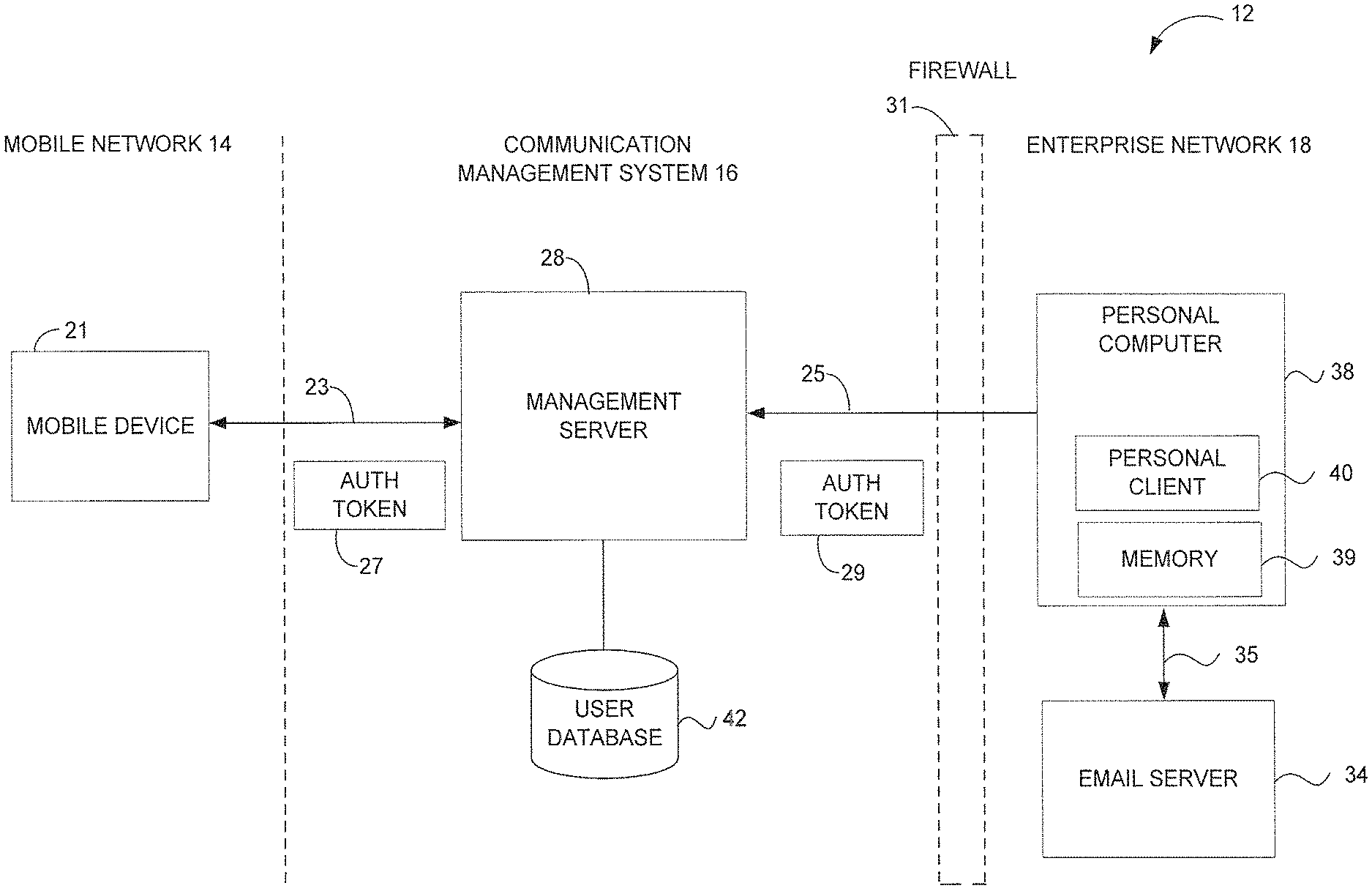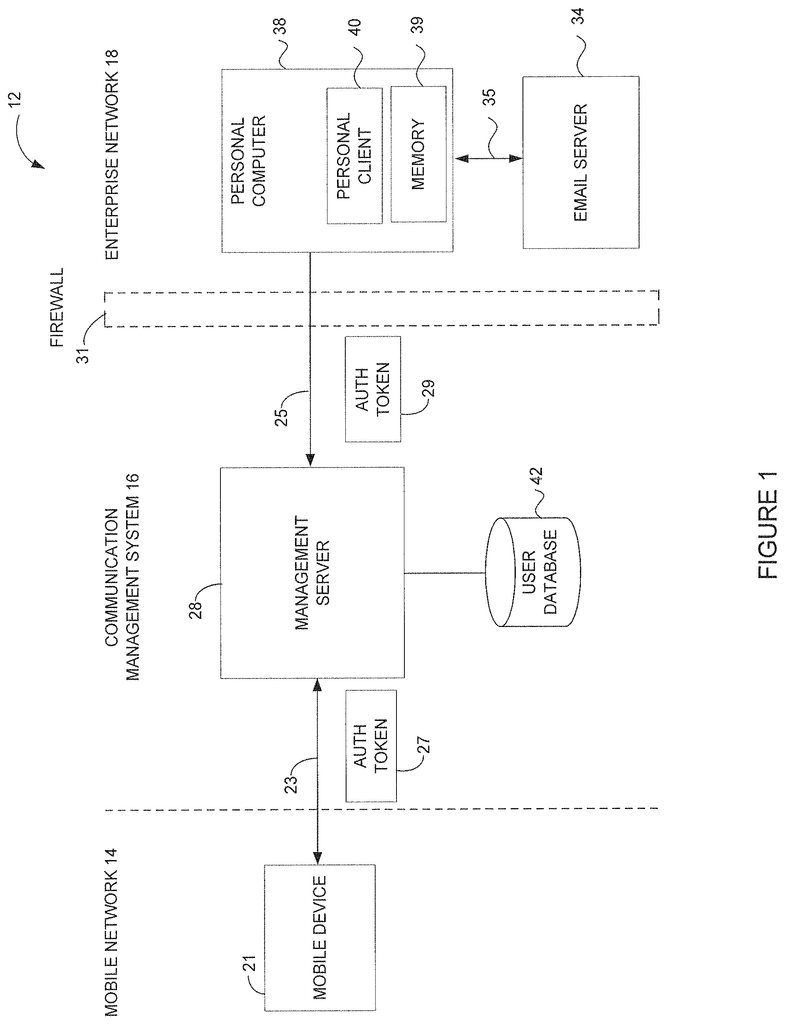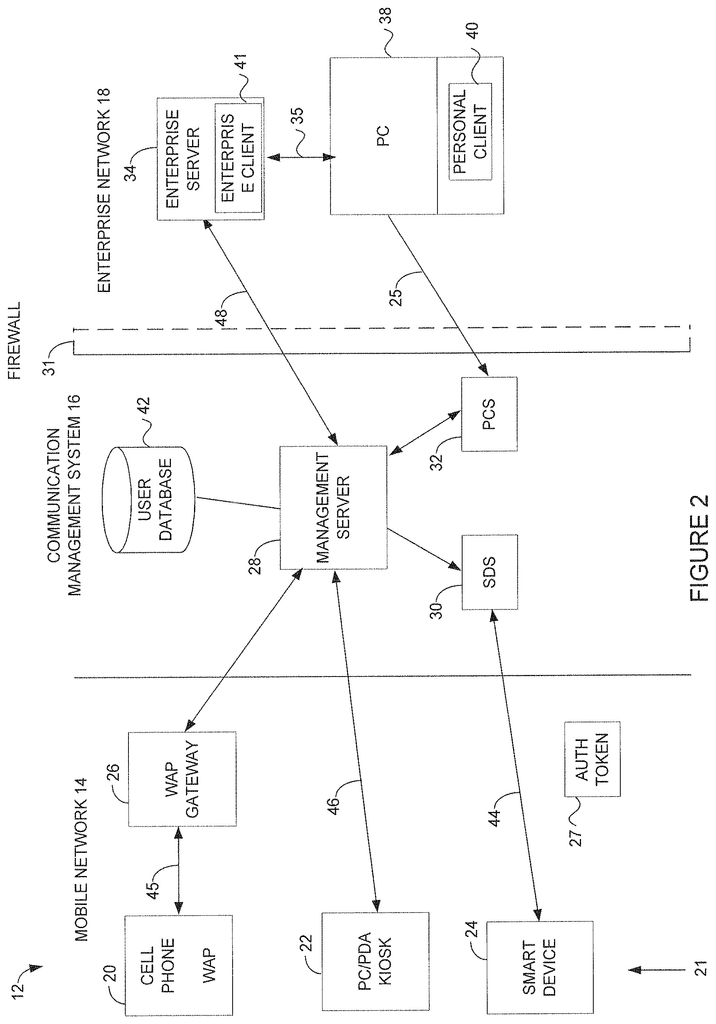Invented by Trevor A. Fiatal, Lee R. Boynton, Scott M. Burke, Brian D. Gustafson, Binu Raj, William Alvarado, Juan Benitez, Fred J. Duncan, Seven Networks Inc
Communication between end-user devices is essential for various purposes, including data sharing, real-time collaboration, and remote access. However, managing this communication can be challenging, especially when dealing with a large number of devices and diverse network environments.
System and server solutions have emerged to address these challenges and provide a centralized platform for managing communication between end-user devices. These solutions offer a range of features and functionalities that streamline communication processes and enhance overall efficiency.
One of the key benefits of using system and server solutions is the ability to establish secure and reliable connections between devices. These solutions often incorporate advanced encryption protocols and authentication mechanisms to ensure that only authorized devices can communicate with each other. This is particularly important in industries such as healthcare, finance, and government, where data security is of utmost importance.
Additionally, system and server solutions provide scalability and flexibility, allowing businesses to easily accommodate a growing number of devices and adapt to changing communication requirements. These solutions can handle large volumes of data traffic and support various communication protocols, ensuring seamless connectivity across different devices and networks.
Furthermore, system and server solutions offer centralized management capabilities, enabling administrators to monitor and control communication activities from a single interface. This includes managing user access, setting up communication rules and policies, and troubleshooting network issues. Centralized management not only simplifies the administration process but also improves overall network performance and reduces downtime.
The market for system and server solutions for managing communication between end-user devices is highly competitive, with numerous vendors offering a wide range of products and services. Some of the key players in this market include Cisco Systems, Microsoft, IBM, and Huawei. These companies provide comprehensive solutions that cater to the needs of various industries and organizations of all sizes.
As the demand for connected devices continues to grow, the market for system and server solutions is expected to expand further. The emergence of technologies such as 5G and edge computing will further fuel this growth, as they enable faster and more efficient communication between devices. Additionally, the increasing adoption of IoT devices in sectors such as manufacturing, transportation, and smart cities will drive the demand for robust communication management solutions.
In conclusion, the market for system and server solutions for managing communication between end-user devices is witnessing significant growth due to the increasing number of connected devices and the need for efficient communication management. These solutions offer secure and reliable connectivity, scalability, centralized management, and flexibility, making them essential for businesses and organizations across various industries. As the demand for connected devices continues to rise, the market for these solutions is expected to expand further, driven by advancements in technology and the adoption of IoT devices.
The Seven Networks Inc invention works as follows
A system and a server for managing communication between end-user devices where first and two connections and their associated message.
Background for System and server for managing communication between end-user devices
Mobile email systems use a standard store-and-forward architecture. The Electronic Mail (email redirector) software can be installed on either a desktop or enterprise email server. The redirector monitors the mailbox of a particular user. The redirector software makes a copy when a new message arrives in the user’s mailbox. It then wraps it in an encryption envelope, and encapsulates it for delivery to the device. The redirector can optionally digitally sign and/or encrypt the encapsulated message.
The encrypted encapsulated message is sent over the Internet to a mobile phone associated with the mailbox of the user. The mobile device decrypts the encrypted email message before it is stored and displayed on the device. The same process is repeated every time a new email is received by the user.
This architecture allows for two different versions of a mailbox to exist. The primary mailbox is on the desktop or email server, while the replicated mailbox is on the mobile device. The redirector can maintain consistency between the primary mailbox and the replicated one to a certain extent by sending synchronization messages back and forth from the mobile device. A message that is deleted from a mobile device can result in a message sent to the desktop redirector instructing it to delete the message from the primary mailbox. In some versions, there is no attempt to maintain consistency between the primary mailbox and replicas. This architecture does not work in real time and is cumbersome. It also requires sending large numbers of emails over the Internet. This invention solves this problem and others associated with prior art.
A real time communication architecture establishes an ongoing connection between a network of enterprises and a communications management system. This connection allows mobile devices to access enterprise data in real time, such as email systems. “The real-time communication system can support a whole enterprise email system, or individual users.
The following detailed description, which is based on the drawings that accompany the invention, will make it easier to understand the foregoing as well as other features and benefits of the invention.
For simplicity, email transactions, databases, files and data can be referred to as “email”, “email data” or “email transactions”. It should be noted that the email data and email transactions described below are applicable to calendars, contacts or tasks, electronic documents or files, or any other data type that must be transferred from a local network to a mobile device.
FIG. “FIG.
In one example, the enterprise network 18 is a private system that includes a firewall 31. The firewall 31 is a group of programs located on a gateway server, which protects enterprise network 18 resources from other networks. The term “firewall” is used. The term “firewall” also refers to the security policy used in conjunction with firewall programs.
The mobile networks 14 include mobile devices 21 which communicate via the Internet using a wireless mobile network or landline network 14. The mobile networks 14 have been well-known for a long time, so they will not be described in detail.
The PC 38 connects to the email server via a Local Area Network 35. The PC 38 has a memory 39 that stores local files, which may include email data and other electronic documents. A processor on the PC 38 executes personal client software 40. Personal client 40 communicates with mobile device 21 to browse email, calendars and contact information, as well as to access local files.
A communication system 16 comprises at least one management servers 28 that manages transactions between the mobile devices 21 and enterprise network 18. A user database 42 includes configuration information for different users. “For example, the user data base 42 could include login information for users in enterprise network 18.
Enterprise Version
FIG. The second figure shows the enterprise version of communication architecture 12. The enterprise network 18 includes a enterprise server 34, which connects to multiple PCs via LAN connection 35. “The enterprise server 34 includes an enterprise client that can directly communicate with the management servers 28.
The communication management system 16 of FIG. The management server 28 is also included in the 2nd diagram, as are one or more Smart Device Servers 30 and Personal Client Servers 32. The SDS 30 manages communications with specific smart mobile devices 24. The PCS 32 handles communications with clients 40.
The mobile devices 21 shown in FIG. The mobile devices 21 in FIG. 2 are more specifically shown and include cell phone 20 with WAP interfaces which communicate with the management server 28 via a WAP Gateway 26. Other mobile devices 21, may include PCs or PDAs as well as Internet kiosks 22 and any other smart mobile devices 24 that operate as communication endpoints.
Mobile connection 23″ in FIG. “Mobile connection 23 in FIG. The second connection is any connection that allows the mobile devices to communicate via the Internet. “For example, connections 23, 44 and 45 may be via landlines, 802.11 wireless, satellite channels or cellular channels.
Continuous Real-Time Connectivity
Referring to FIG. The personal client 40 establishes an automatic connection 25 between PC 38 and the management server 28. Personal client 40 initiates a connection outbound 25 that is authenticated by management server 28. The client 40, for example, presents an authentication token to the management server 28, as shown below. The management server 28 will then attempt to match information from the authentication token 28 against information in user database 42.
If the authentication token 29, is authenticated, then the connections 25 or 48 is established through the firewall 31, to gain access to the management servers 28, which is outside of the private enterprise network 18. The management server 28 sends any necessary information and connection authorization to the personal client 40. The management server 28 can, for example, send back information about connection sharing, email notification filters and other mobile communication parameters that are associated with a specific user.
The management server 28 will then enter a quiescent state until a transaction is completed, such as the transfer of a data request between the mobile device and the client 40. The personal client 40 will automatically establish a new connection 25 to the management server 28 if the connection 25 was disconnected for any reason.
Click here to view the patent on Google Patents.




